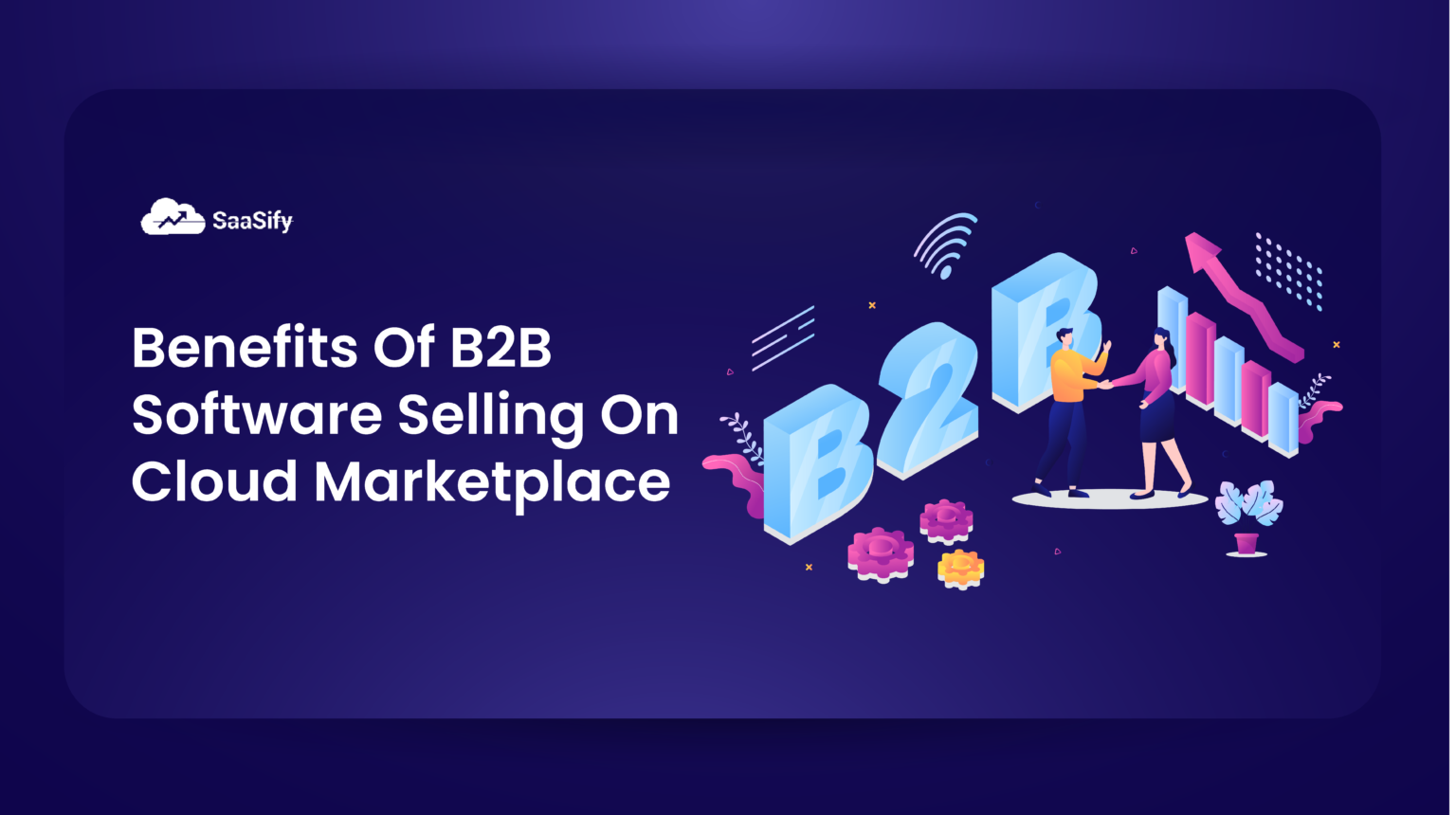The digital age has ushered in a paradigm shift in how businesses operate. As a result, cloud commerce emerges as a vital player in this evolution. Selling Software as a Service (SaaS) on cloud marketplaces has garnered monumental attention and traction. But what are the real benefits of this innovative model? And how can one navigate the challenges it presents? Let’s explore these dimensions while pondering a playful question: what if your software could find its audience before it even reaches the market?
Firstly, we need to comprehend what cloud marketplaces are. They are platforms where software producers and consumers converge. Think of them as digital storefronts that provide a seamless interface for vendors and users to engage. Major players like Amazon Web Services, Microsoft Azure, and Google Cloud Marketplace facilitate these transactions, serving as the lifeblood of cloud commerce. This ubiquitous presence not only amplifies visibility but also fosters a global outreach, making your product accessible to a broader audience.
One of the most salient benefits is the democratization of market access. Small and medium-sized enterprises (SMEs) often grapple with entering markets saturated with established competitors. However, cloud marketplaces level the playing field. They provide an infrastructure where budding entrepreneurs can showcase their offerings without the burden of hefty overhead costs associated with traditional retail. This allows for innovation to flourish, as new ideas can avail themselves to the market without being stifled by barriers to entry.
Moreover, cloud marketplaces typically come with pre-established customer bases. These platforms are not merely hosting services; they are hubs of traffic where prospective customers clamour for solutions. By listing your SaaS product in these circles, you instantly harness the power of established audiences. This phenomenon often leads to expedited sales cycles since buyers are already acclimated to the ecosystems these marketplaces provide. It’s akin to having a prime location in a bustling city versus a secluded spot in the countryside—a matter of visibility can be pivotal.
Another notable advantage is the integration capabilities inherent in these platforms. Cloud marketplaces offer seamless connections to various tools and services. For SaaS providers, this means easy compatibility with third-party applications and services, enhancing the value proposition offered to customers. Consumers increasingly seek comprehensive solutions. Therefore, products that integrate smoothly with their existing software can garner preference over standalone offerings. The integration functionalities can also lead to improved user experiences—an essential element in customer satisfaction.
Yet, with the benefits come challenges—a yin and yang of sorts. The question arises: how do you ensure your SaaS product stands out in a bustling digital marketplace? The sheer volume of options available to consumers can be daunting. Vendors must differentiate themselves, which can require robust marketing strategies and meticulous product positioning. This endeavor places considerable pressure on entrepreneurs, as they must not only create outstanding software but also generate buzz in an ever-crowded field.
Pricing strategies present another quandary. In cloud marketplaces, pricing is often transparent and thus, highly competitive. Researching and understanding market rates becomes crucial—a misstep in pricing can lead to disastrous consequences for even the most innovative solutions. Additionally, the practice of marketplace discounting can lead to a ‘race to the bottom’ scenario. Therefore, striking a balance between competitive pricing and maintaining perceived value is essential. Provisioning for discount strategies, such as introductory offers or tiered pricing, may prove beneficial in combating these challenges.
Furthermore, the aspect of customer support mustn’t be overlooked. In cloud marketplaces, consumers expect immediate access to assistance and resources. This raises the stakes for SaaS providers in delivering responsive and comprehensive customer support. Failure to meet these expectations can tarnish a product’s reputation quickly. Hence, investing in customer training and support becomes paramount, ensuring users feel supported throughout their journey with the software.
Additionally, compliance with regulations and standards poses another layer of complexity. Data privacy laws, such as GDPR and CCPA, necessitate stringent adherence, especially when dealing with international customers. An oversight here could lead to hefty fines and legal issues, posing substantial risks to a burgeoning business. Therefore, it becomes crucial for SaaS providers to keep abreast of evolving regulations and integrate compliance into their operational strategy.
Despite these challenges, the rewards of selling SaaS on cloud marketplaces can be monumental. The potential for a wider reach, increased visibility, and rapid scalability are too significant to ignore. It requires a strategic approach that considers not only how to enter the marketplace but also how to thrive therein. Market research, competitive analysis, and robust customer engagement strategies are just a few measures that can pave the way to success.
In summary, cloud commerce represents an opportunity laden with promise and peril. The question remains, are you ready to navigate this dynamic landscape? Selling SaaS on cloud marketplaces can be transformative, offering numerous advantages while also presenting challenges that must be tactfully managed. A well-executed strategy, grounded in market understanding and customer-centric practices, may very well be the key to unlocking the full potential of this digital frontier. As the digital world continues to evolve, embracing the changing tides of commerce becomes not just an option but an imperative for success.
